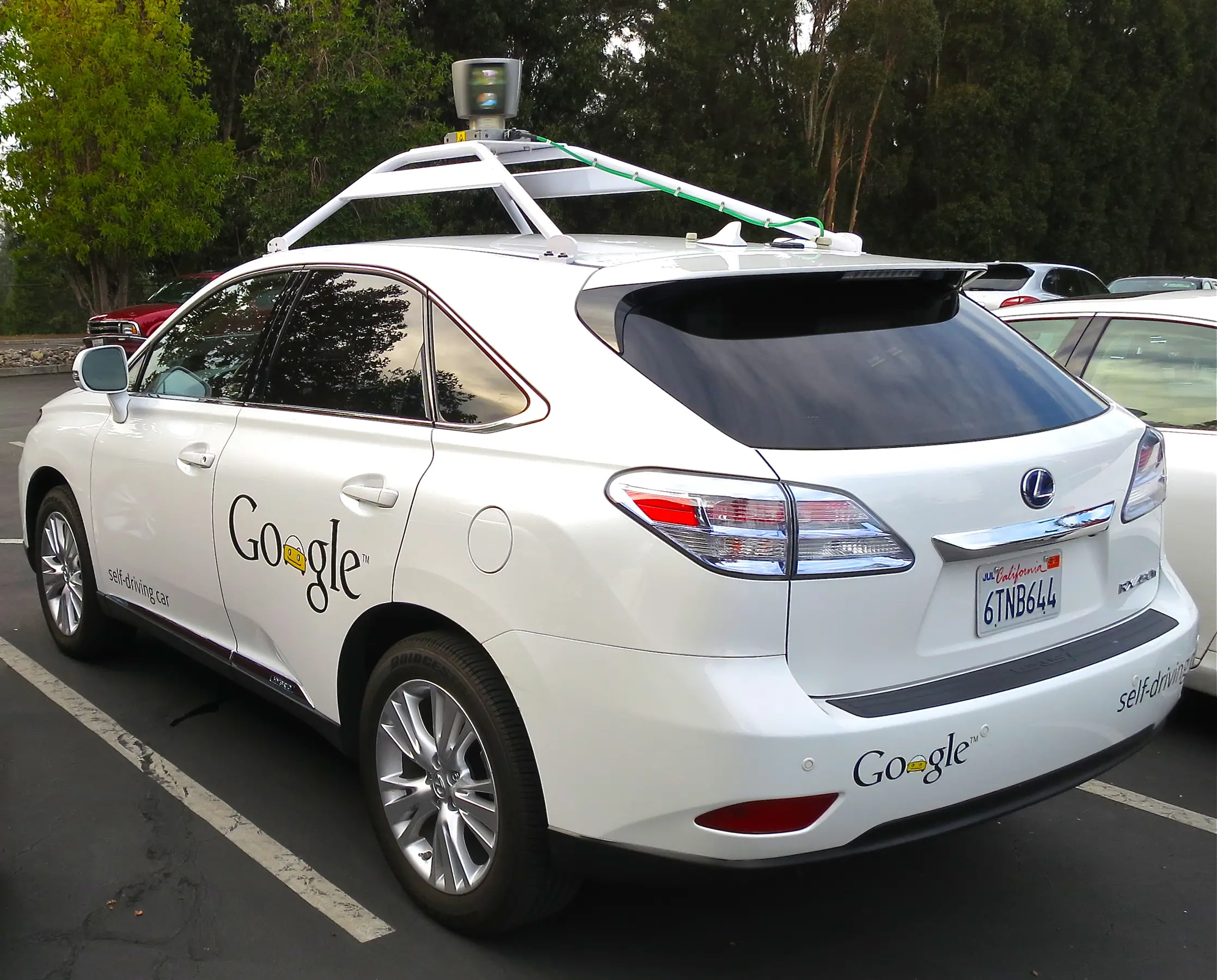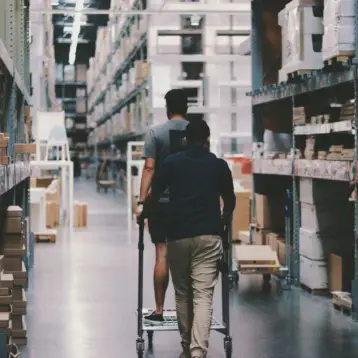
With talk of self-driving cars forever on the rise, many of us are left wondering about what the future holds for the automotive industry, and what the role of the driver will be in the future. While the initial grumblings on this subject seemed nothing more than talk, companies like Uber and Otto are jumping on the bandwagon. In fact, predictions for the first fully autonomous vehicles aren’t even too far into the future. Most sources state they’ll be making significant ripples by 2020.
But, among all the questions related to this issue is that of the role of a driver. Ideas have been flying around of cars with a back facing seats, but this just isn’t the reality. That said, there’s no denying that the role of the driver is about to change in a significant way. And, to help you understand that, we’re going to look at what driving in the future will entail.
Maintenance
While self-driving cars can do a lot of things, they can’t maintain themselves. They can let you know when something needs changing or fixing. But, the actual task will be down to you. You’ll still need to check your tires often, and head to companies like Telle Tire if there is an issue. It’ll still be down to you to check engine fluid, and replace your fuel when the time comes. And, you can’t even rely on automated systems to prompt you to do these things. Systems can malfunction. You cannot. So, this job still very much falls on your shoulders. And, failure to keep on top of things could still spell disaster.
Input
Sure, artificial intelligence has made some frightening waves in recent years. But, as yet, driverless cars can’t decide on a destination or read your mind about where you’d like to go. As such, it’s still down to you to input destination, and ensure the route is correct. Just as with sat nav at the moment, there may be certain roads you wish to avoid. When inputting your journey, you should still check the route chosen and change it if necessary. And, of course, you’ll likely know about crashes and disruptions before your car does. So, you’ll need to take those into account, too.
Overseeing

One of the central myths about autonomous driving is the idea that no human needs to oversee what’s happening. In fact, Google has even mentioned developing cars without steering wheels. In reality, though, this is unlikely. No one can deny that automated systems are open to glitches. And, with that being the case, there will always be a need for a driver to oversee, and take control if necessary. You may be able to kick back a little more than you do at the moment, but you can forget turning away from the road and getting stuck into a book. In fact, doing so could leave you at real risk. Instead, you will need to work with your vehicle to ensure everything goes as it should.










